Navratri 2022: During this period, the devotees worship the nine incarnations of Goddess Durga. (Representative image: Shutterstock)
Navratri 2022: The 9-day-long festival is celebrated with much fervour and joy to mark the victory of good over evil
SHARDIYA NAVRATRI 2022: Navrati is deemed to be one of the most auspicious festivals among the Hindu community. The 9-day-long festival is celebrated with much fervour and joy to mark the victory of good over evil. During this period, the devotees worship the nine incarnations of Goddess Durga. Of the four types of Navratri – Sharad Navrati, Chaitra Navratri, Magha Navratri and Ashadha Gupta Navratri – the one that people celebrate during the months of September and October is known as the Sharad Navratri.
Start Date and End Date:
This year’s Shraddha Navratri commenced on September 26, and it will be concluding on October 5.
Day Wise Colours and Goddess We Worship:
Listed below are the auspicious colours as per the respective days:
Day 1: Maa Shailaputri
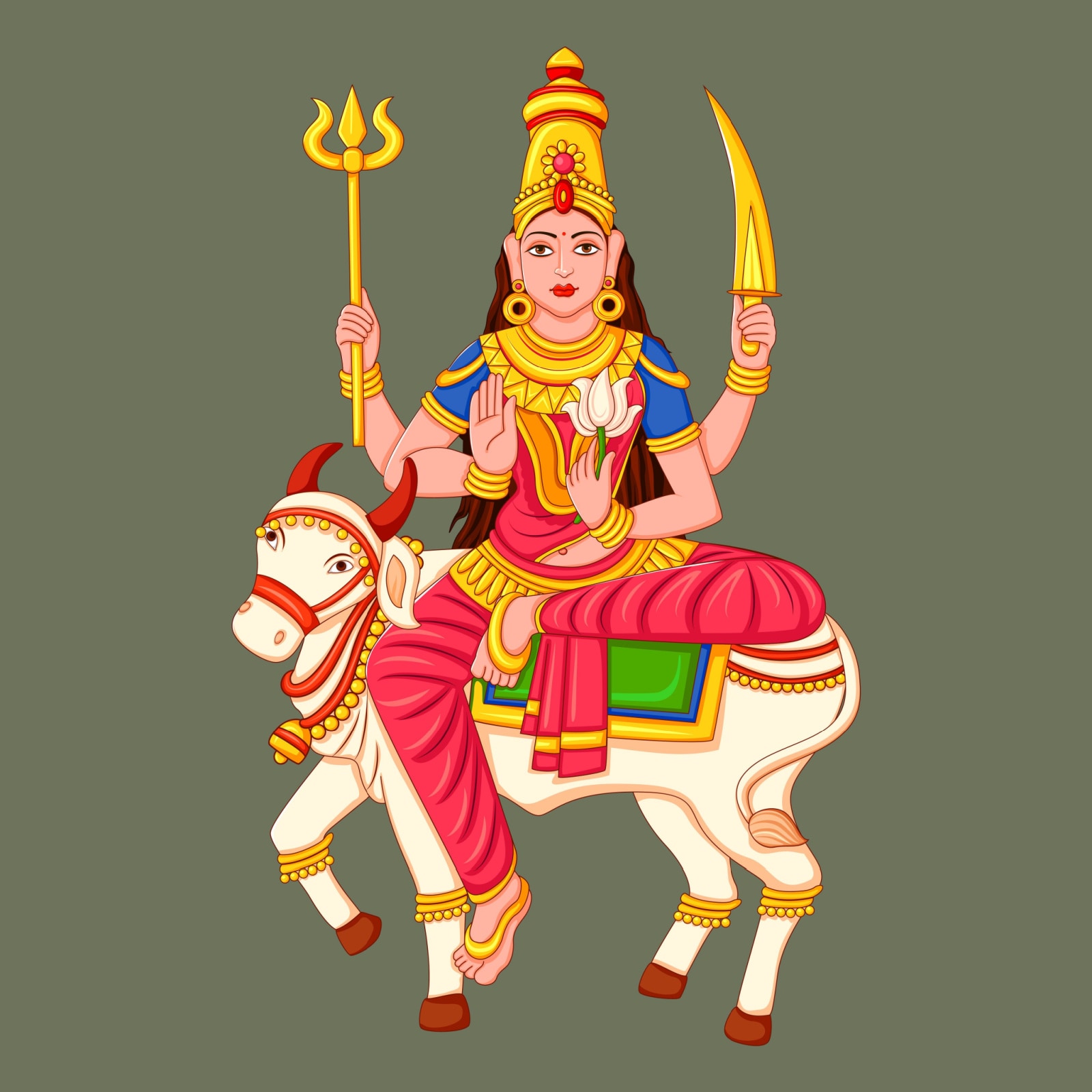
The Day 1 of Navratri will fall on September 26 this year. The colour of the first day of Navratri is white.
Day 2: Maa Brahmacharini
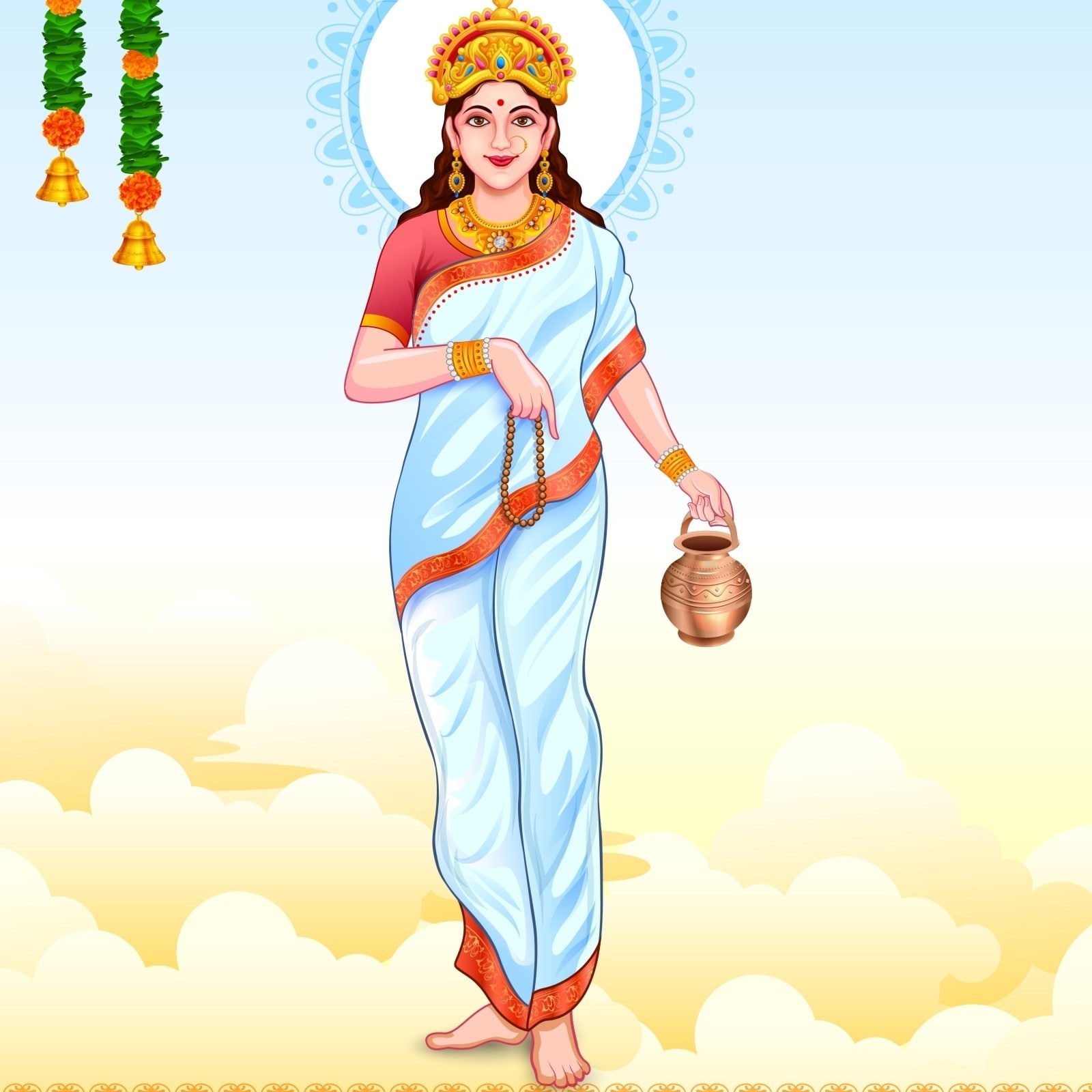
The colour of the second day of Shraddha Navratri, which will fall on September 27, is red.
Day 3: Maa Chandraghanta
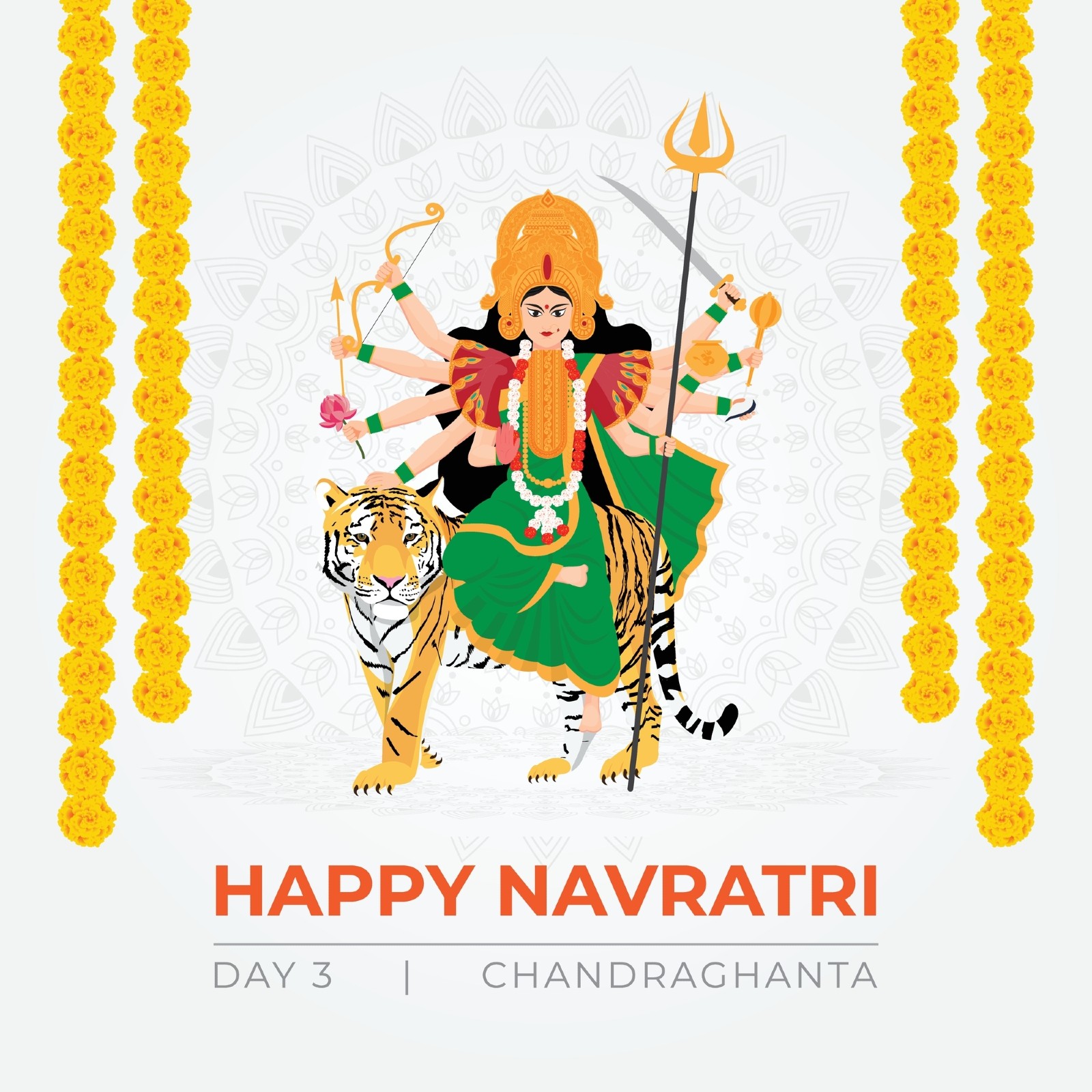
The colour for the third day of Navratri – September 28 – is royal blue.
Day 4: Maa Kushmanda

The colour of the fourth day of Navratri, which falls on September 29 this year, is yellow.
Day 5: Maa Skandmata

The colour for the fifth day of Navratri – September 30 – is green.
Day 6: Maa Katyayani
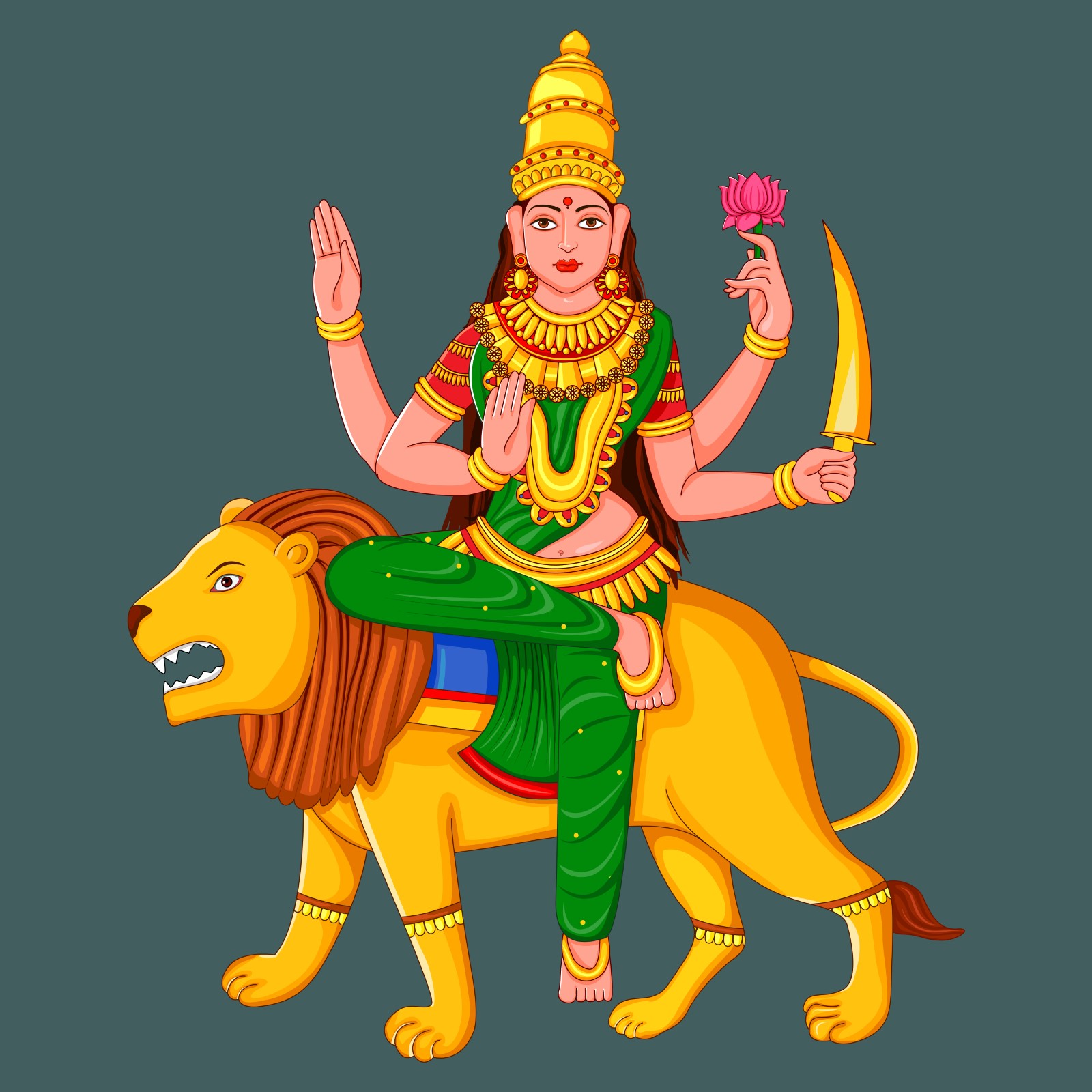
The sixth day of this festival will be observed on October 1. The colour for this day is grey.
Day 7: Maa Kaalratri
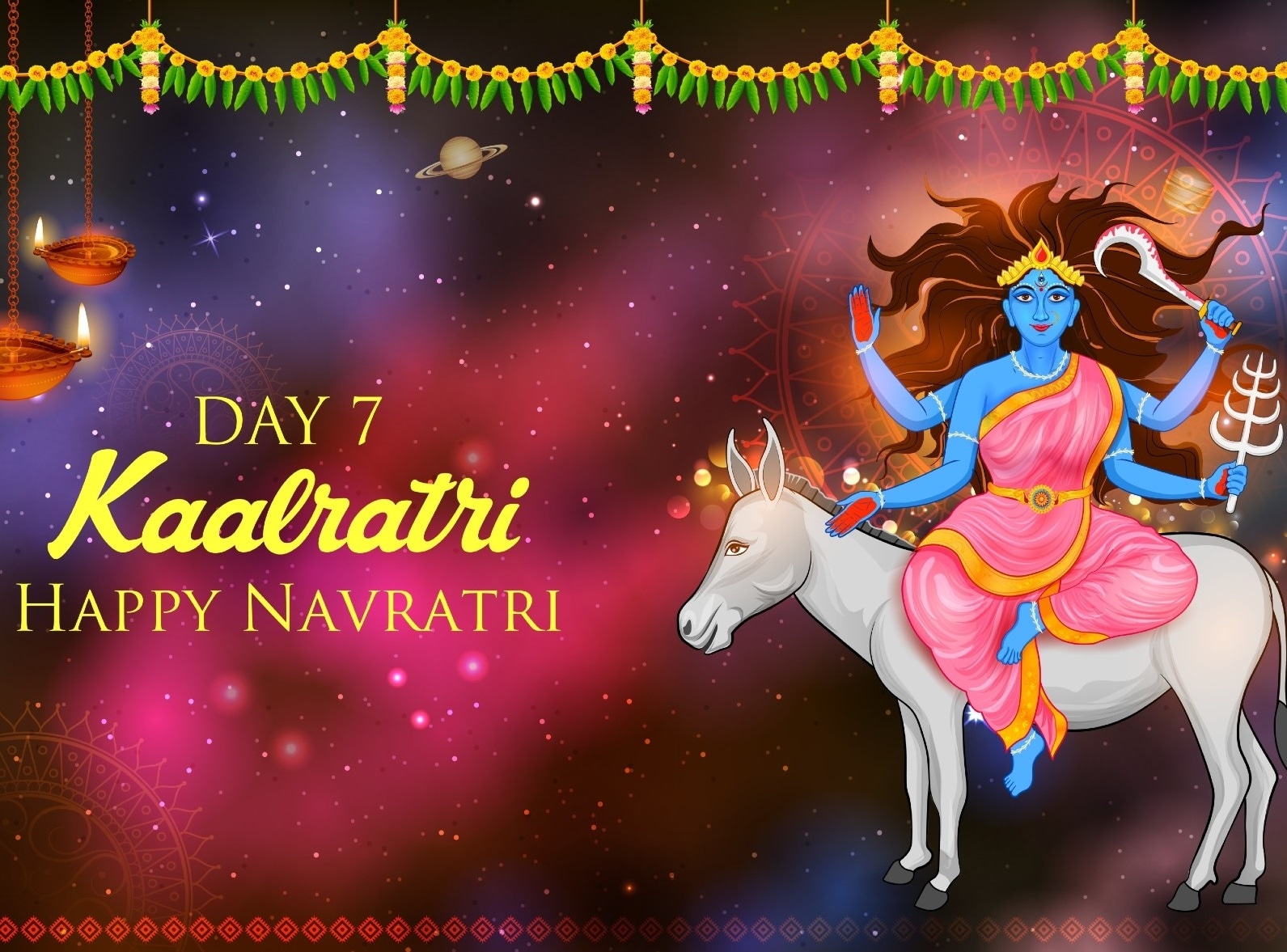
The colour for the seventh day of Navratri, which is on October 2, is orange.
Day 8: Maa Mahagauri
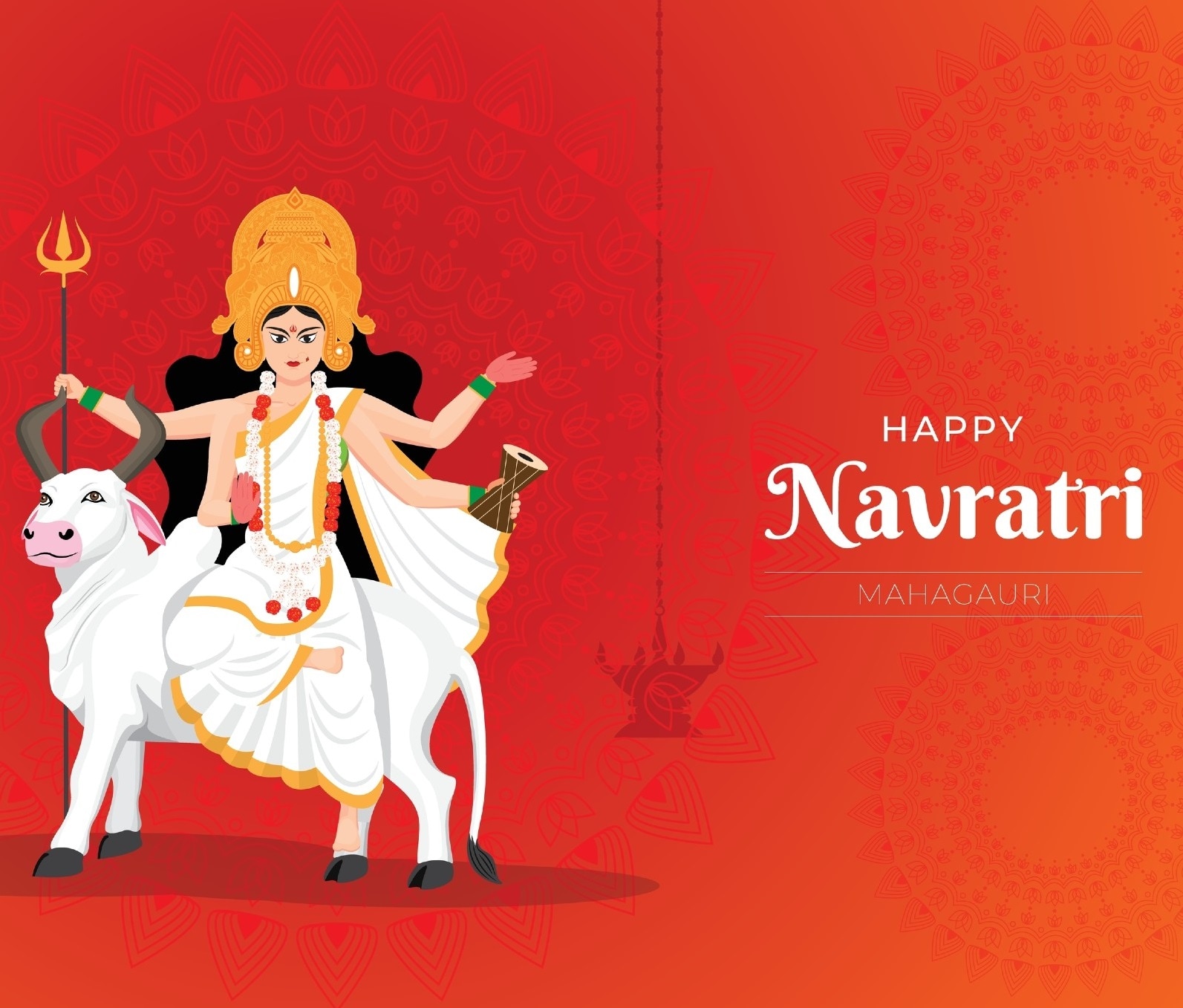
The colour for the eighth day of Navratri – October 3 – is peacock green.
Day 9: Maa Siddhidatri
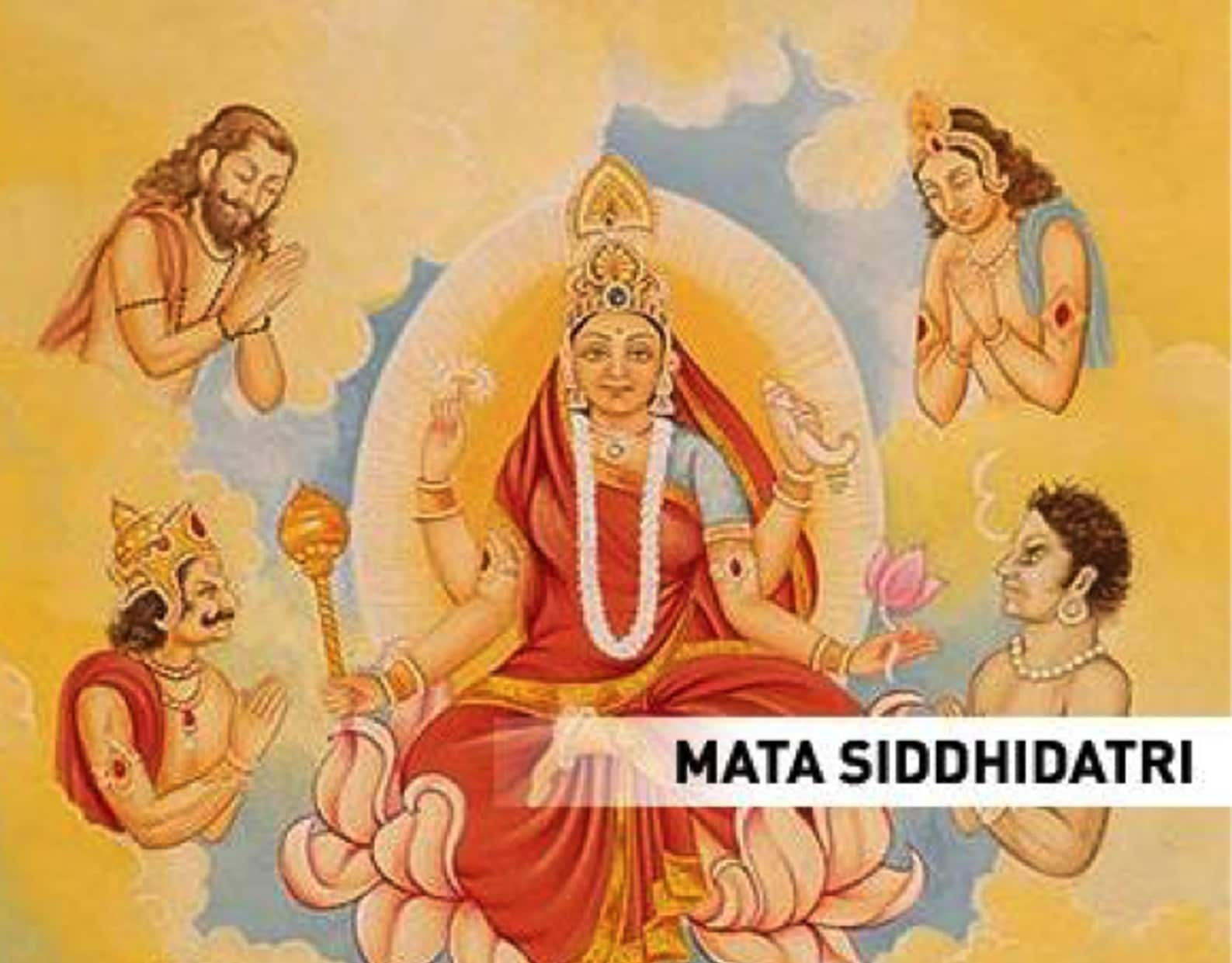
The colour for the ninth day of Navratri is Pink. The ninth day will fall on October 4 this year.
History and Significance of 9 days:
- The word Navratri is formed from two Sanskrit words ‘Nava,’ which means nine and ‘Ratri,’ which means night.
- According to Hindu mythology, the festival represents the triumph of good over evil.
- It is believed that during this time, the Goddess Durga engaged in a nine-day battle with the demon Mahishasur, and that she beheaded him on the tenth day.
- Hence, the 10th day of Navratri is regarded as the Vijayadashmi.
























